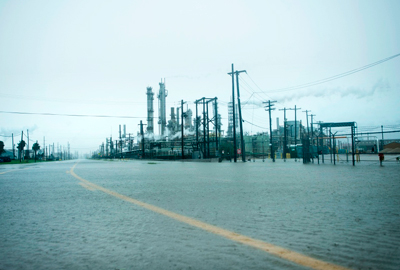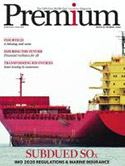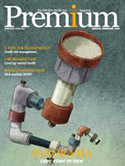Hurricane Harvey closes key oil and gas facilities

Key oil and gas facilities along the Texas Gulf Coast have been temporarily closed as Hurricane Harvey plagues the region with torrential rain and high winds, virtually assuring gasoline prices will rise in the storm’s aftermath.
Even before Harvey made landfall, dozens of oil and gas platforms had been evacuated, at least three refineries had closed and at least two petrochemical plants had suspended operations, according to a Reuters report.
How soon they reopen depends on the severity of flooding and the resumption of power to the areas. Experts say it’s still too early to say, with the storm still moving through the region. But they believe gas prices will increase five cents, to 25 cents per gallon.
Hurricane Harvey also continued to take a toll on US air travel, with more than 960 flight cancellations as of mid-day, according to FlightAware. Nearly 800 of the cancelled flights were scheduled to either depart from or land at Houston’s two airports.
RMS Inc. has forecast losses above USD6 billion, adding that losses from storm surges and inland flooding could be bigger. This may have overarching implications to the government-backed National Flood Insurance Program.
The flood program is run by the Federal Emergency Management Agency, which owes the Treasury about USD23 billion in funds borrowed to cover the cost of past disasters, according to a recent report by the US Government Accountability Office.
Homeowner policies with insurance companies don’t typically cover flood damage, yet a relatively small percentage of homeowners have flood insurance through the federal program.
Analysts at J.P. Morgan have said that it would typically expect around 50 percent of the insurance industry loss from a hurricane like Harvey to be paid for by reinsurance capital providers.
Swiss Re and Munich Re have the highest exposure of the major four reinsurance firms, at 10 percent, of which 90 percent will be retained by each, while Hannover Re is six percent exposed with a 75 percent retention, and SCOR estimated to be four percent exposed, with a 75 percent retention.





































